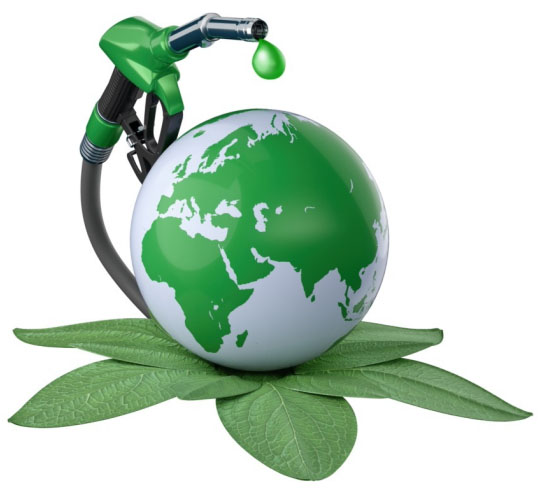Featuring our Cassava Chips With Chili
- Category: Newsletter
Did you know that cassava has been referred to as the “root crop of the century” due to its high production, resilience, and ability to grow in increasingly high temperatures while ensuring food security?1, 2
Cassava also commonly called manihot, manioc or yuca is a starchy shrub endemic to Latin America, but currently farmed globally, that might have been domesticated by the Andes indigenous civilizations more than 4000 years ago. Although only introduced to Africa by the Portuguese in the 16th century, Africa is today the larger producer of the world2.

Interestingly, unprocessed raw cassava can also be poisonous!! Cassava or as scientists
call it Manihot esculenta, contains considerable amounts of cyanide, that, if not well
processed can lead to respiratory, cardiovascular, thyroid, and neurological disorders3. The
techniques to eliminate most of these dangerous compounds are as old as its discovery
and that knowledge was transferred as it was introduced into other countries2.
Fortunately, the medicinal and pharmaceutical properties of cassava outweigh its poisonous one. Cassava is rich in fiber and alkaloids which are both used in the management of diabetes and dyslipidemia (elevated levels of cholesterol in blood). It is rich in iron, essential in the normal production of red blood cells, and potassium a key vasodilator, reducing tension in arteries and veins. Its lack of gluten plays a fundamental role in the management of celiac disease. Its high content in vitamin K and calcium lower the probabilities of developing osteoporosis. Here we have just mentioned some of Cassava’s medicinal applications, but be assured, these are just some of them4, 5

Today, the interest in cassava goes far beyond worldwide food security. While the tuberous roots, intended mainly for human consumption are ubiquitously used in the manufacture of cassava derived products such as flour, starch, alcohol, and chips, and the peels, and leaves are mostly used for animal feeding, all of them, roots, leaves, and stems, can be used to produce bioethanol, a greener alternative to biofuels3.
Do you see why it is the root crop of the century?
References
1. Fine, J. 2023. Plant of the Month, in: Daily Jstor: https://daily.jstor.org/plant-of-the-month-cassava/
2. Waisundara, VY. 2017. Cassava as a staple food, in: Cassava. Edited by Viduranga Waisundara
3. Fathima, A.A. et al. 2023. Cassava (Manihot esculenta) dual use for food and bioenergy: A review. Food and Energy Security 12:e380.
4. Nwose, U.E., et al. 2017. Ethnopharmacological values of cassava and its potential for diabetes and dyslipidemia management: Knowledge survey and critical review of report. Journal of Intercultural Ethnopharmacology, 6 (3): 260-266.
5. Zekarias, T, Basa, B., and Herago, T. 2019. Medicinal, Nutritional and Anti- Nutritional Properties of Cassava (Manihot esculenta): A Review. Academic Journal of Nutrition 8 (3): 34-46.


 Amexy General Trading Newsletter
Amexy General Trading Newsletter